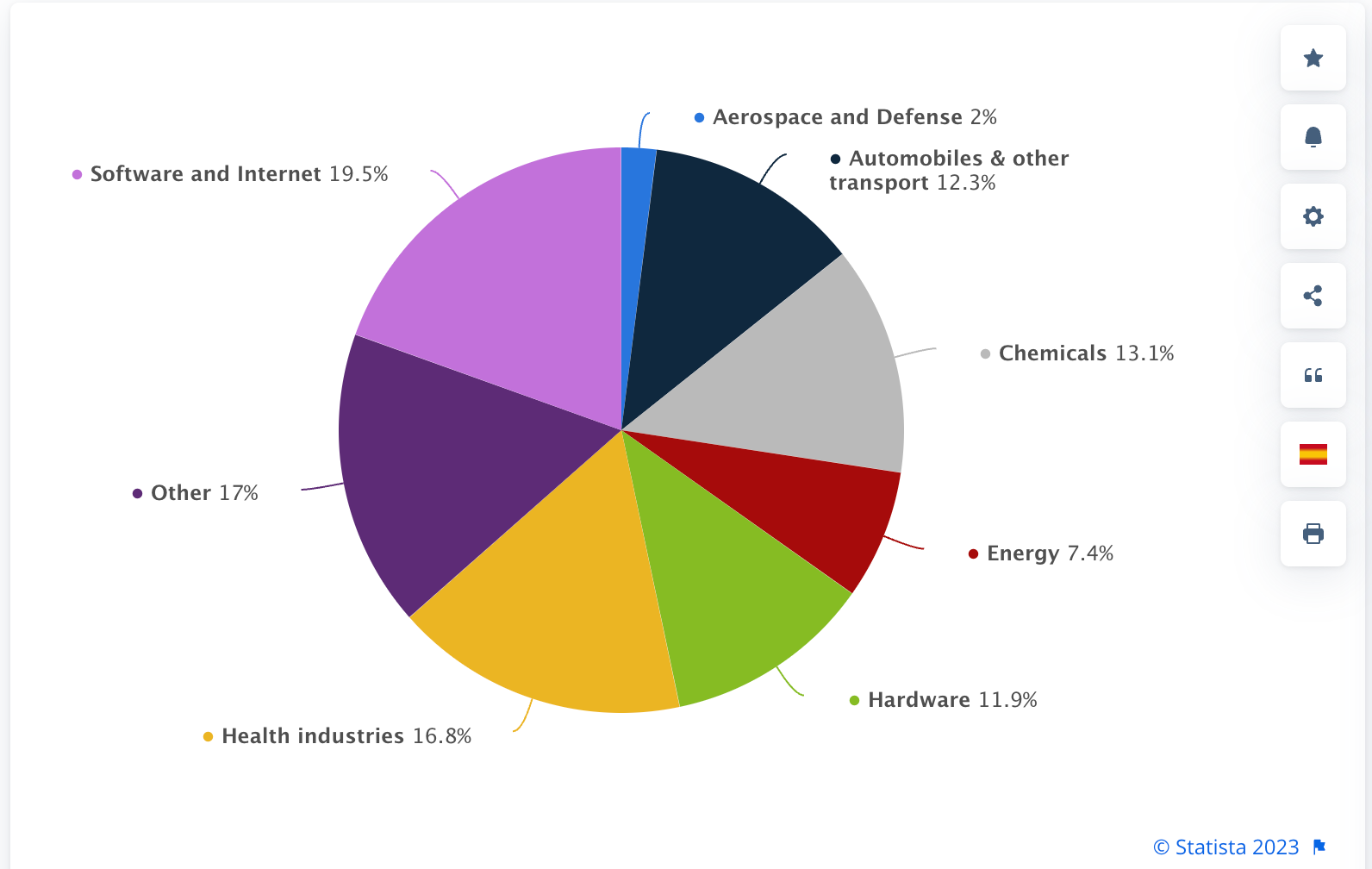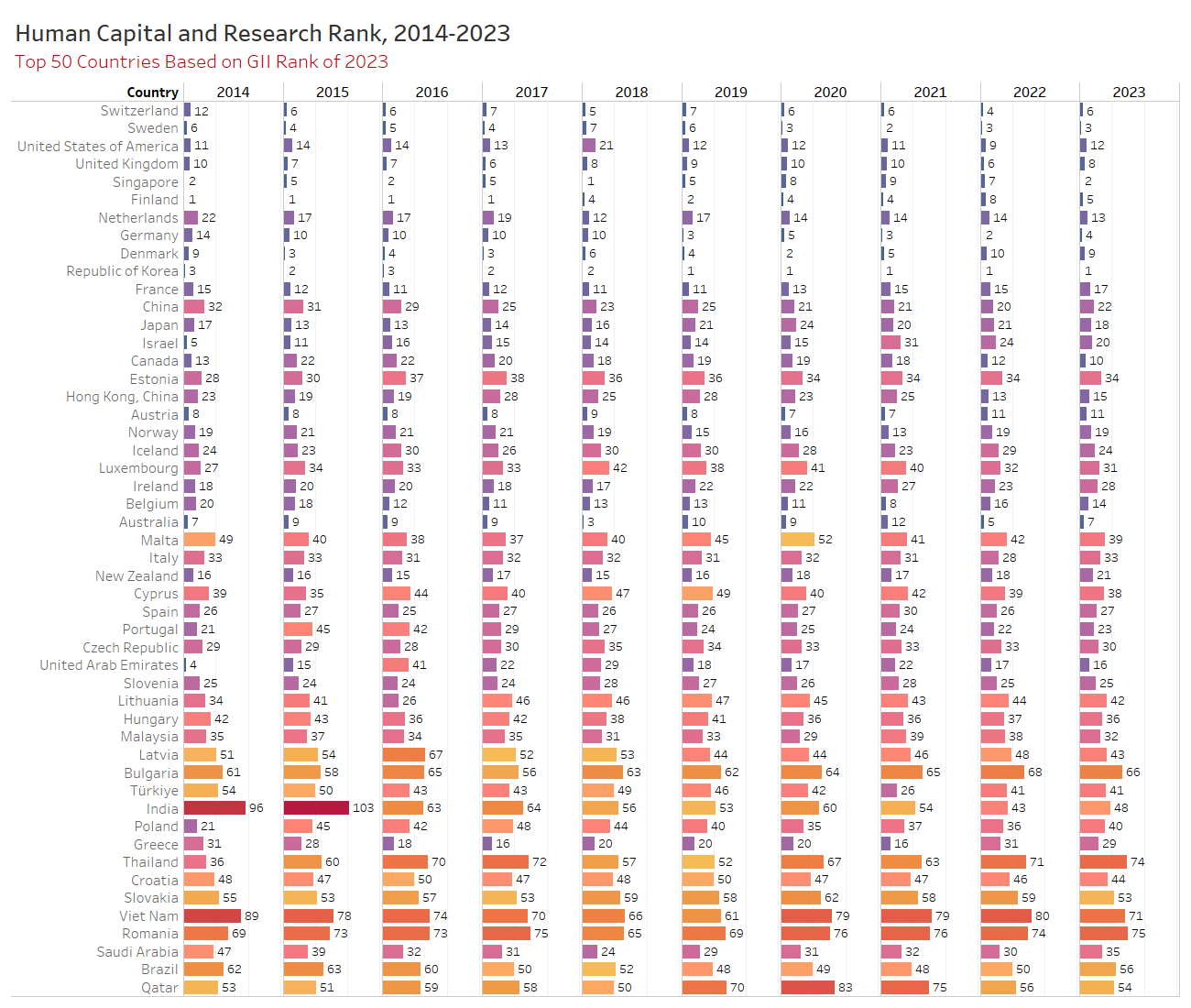Can Alternative Patent Mechanism Transform the R&D Landscape?
Distribution of R&D investments in HIC and LMICs

Research and development (R&D) projects are crucial for the growth of businesses and governments worldwide. Unfortunately, the focus of these investments often fails to address the pressing needs of the world's impoverished populations. In 2020 alone, businesses and governments worldwide invested over $2 trillion in R&D projects. However, high-income countries (HICs) account for 74% of global R&D expenditure, yet they represent only 15% of the world's population. This skewed distribution of R&D investments perpetuates global inequalities and results in the mismatch between innovations developed in HICs and the specific needs of low- and middle-income countries (LMICs). Excluding China, just $224 million was allocated for R&D in LMICs, home to 5.3 billion people. China's total expenditure on research and development (R&D) crossed the 3 trillion-yuan mark to reach nearly 3.09 trillion yuan (US$456 billion) in 2022, up 10.4% year on year.

The discrepancy in the distribution of R&D investments hinders the development of solutions that cater to the needs of LMICs. While HICs benefit from advancements in cancer treatments, mobile phones, and more, LMICs require solutions such as vaccines for tropical diseases, drought-resistant crops, and off-grid renewable energy sources. This mismatch further perpetuates global inequalities and leaves LMICs struggling to develop sustainable solutions to their unique challenges.
The pressing need for a novel approach to incentivise private-sector investment in innovations targeted at LMICs has led to a proposal known as "benevolent patent extensions." This innovative concept could transform the R&D landscape and bridge the global innovation gap. The idea behind benevolent patent extensions is to provide businesses with an extended patent period in exchange for their commitment to investing in R&D projects that cater to the needs of LMICs. This approach would incentivise private-sector investment in solutions that benefit LMICs and help bridge the innovation gap between HICs and LMICs.

Alternative Patent Mechanism…. The Benevolent Patent Extension
Benevolent patent extensions have emerged as a promising solution to the problem of limited access to essential innovations by low and middle-income countries (LMICs). This innovative approach involves introducing a relatively simple modification to the existing intellectual property (IP) law that could encourage companies to develop innovations that meet the essential needs of impoverished populations. Under this mechanism, when an inventor applies for a patent on a "benevolent discovery" designed to address the critical needs of LMICs, they have the opportunity to offset their research and development costs by extending another patent for a "non-essential" product.
The condition is that the benevolent discovery must be offered to the public for unrestricted, non-exclusive, global use, without royalties, for the duration of its patent. The extension is applied to a non-essential patent, typically related to products with established markets among affluent consumers, such as phone apps, consumer electronics, or cosmetics. The extension duration is determined based on the estimated social value of the benevolent discovery, ensuring that costs are covered by consumers of non-essential products. This mechanism redistributes the costs of making benevolent discoveries available to low-income buyers. It is important to note that the benevolent patent extensions would still require safety and effectiveness testing by regulatory authorities, ensuring that innovations meet the necessary standards. The regulatory oversight would also protect consumers from substandard or harmful products.
Moreover, violating the terms of the extension would result in the forfeiture of both the benevolent patent and the extension. This is a crucial provision that ensures that the innovations are made available to the public without any hindrance or exploitation. In conclusion, benevolent patent extensions are an innovative mechanism that could help bridge the gap between the need for essential innovations and their limited availability in LMICs. By promoting socially responsible innovation, this approach ensures that the cost of developing and distributing benevolent discoveries is shared by all, making them more accessible to those who need them the most.

Effectiveness and Implementation
A critical question that needs to be addressed is - can extending patents in a benevolent manner help cover costs and encourage investment in innovations targeted towards LMICs? According to estimates, the average value of a European patent is around €3 million, and non-essential patents can generate profits amounting to hundreds of millions of dollars annually. By extending patents in a benevolent manner, the value of non-essential patents can be redirected towards making vital discoveries for LMICs, such as life-saving vaccines and climate-resilient crops.

Benevolent patent extensions do not require extensive changes to existing intellectual property laws. They offer a market-mediated mechanism to address wealth and income inequalities that have unjust origins, providing a voluntary method for restitution. No inventor is compelled to surrender their intellectual property, and consumers are not forced to purchase products receiving extended patent protection.
Furthermore, benevolent patent extensions encourage private investment, complementing the existing government and philanthropic tools to promote socially beneficial R&D. They can be traded among companies in various sectors, potentially unlocking billions of dollars in corporate funds for investments in benevolent discoveries. This approach also encourages local exploration and experimentation, which in turn, bolsters R&D capacity in LMICs. By adopting this approach, significant progress can be made towards creating a more equitable world where the benefits of innovation are accessible to everyone, regardless of their economic or social background.
Next Steps and Potential Impact
The concept of benevolent patent extensions has the potential to revolutionise the global innovation landscape and address the persistent inequalities and pressing global challenges faced by the world today. However, realising the full potential of this idea requires close collaboration between regulatory and scientific bodies to define the criteria for "benevolent" and "non-essential" discoveries and determine the social value of benevolent patents.

To achieve this, global forums such as the G20 and the World Economic Forum could provide platforms for discussions and refinements of the idea. Discussions could consider the ethical implications of the concept and explore how it could encourage ethical investment in research and development (R&D) while also benefiting LMICs
The success of benevolent patent extensions would depend on lawmakers authorising patent offices to grant benevolent patent extensions, unlocking substantial private funding to address the needs of the world's impoverished populations. The idea offers a pragmatic, market-driven solution that could help bridge the global innovation gap and improve the lives of billions of people around the world.
It is essential to explore and embrace innovative ideas like benevolent patent extensions to ensure that the benefits of global R&D investments are not confined to the privileged few but reach vulnerable and underserved populations worldwide. The path to a more equitable and innovative future begins with transformative ideas like these, and it's up to governments, businesses, and the global community to embrace and champion them.
Written by Shivani Singh, Visualisation by Bhupesh






